TRAIL LOCATION - MARKET GARDENS & Sandy Lane
Fields just off Sandy Lane are the site of former market gardens. The fertile soil gave rise to many market gardens, including Henfield’s most famous export, violets - emblem of the suffragettes.
At Mill End, the Old Mill blew down with a 'loud crash' in 1908. Nearby are several listed cottages, including the Old Mill House. Sandy Lane, formerly on the edge of much early 20th century sand mining, descends from the village towards the brooks and former railway, now the Downslink.
Henfield Windmill
First built in the late 1600s, the wooden post mill stood on Windmill Hill, (now a woodland). It blew down in a gale in 1908. Access to the site is through the woods off Windmill Lane.
The painting is from the Wade Family collection, c. 1900. Read the Henfield Museum article ‘An Old Sentinel: the Nep Town Windmill’ for more information.
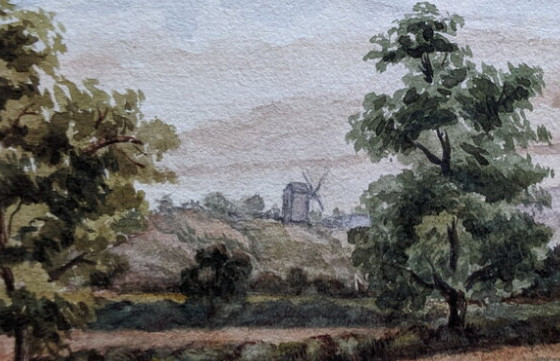
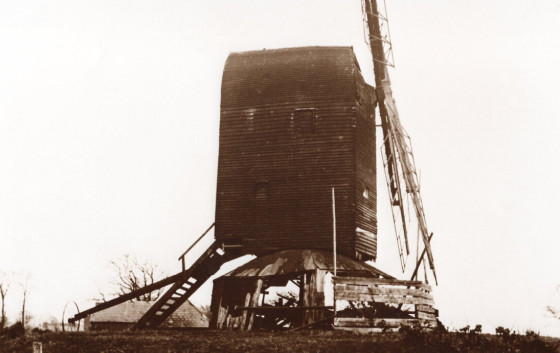
Old Mill House
With a fine roof of Horsham stone, this 17th century or earlier, Grade II listed miller’s house has long stood as a Nep Town landmark at the head of Sandy Lane.

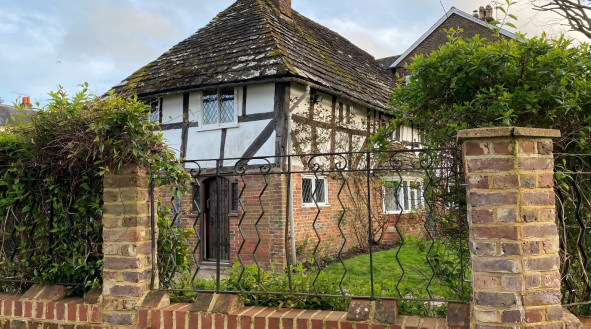
Henfield’s Greensand Ridge & Sandy Lane
This 19th century sketch shows the rising edge of Henfield and the line of Sandy Lane marked by oak trees which can still be seen today.

The Sandy Lane Oaks
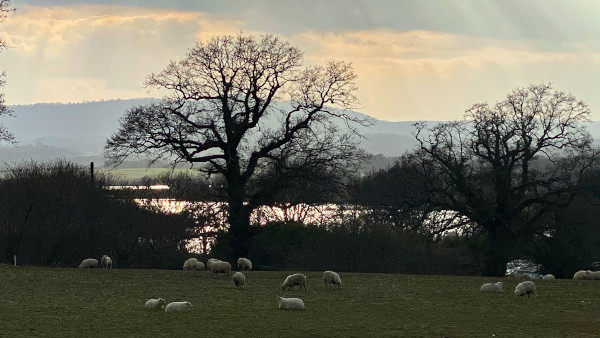
A modern image of two historic oaks with the South Downs and Adur floodplain beyond. Seven of these field boundary trees now have protection orders, having witnessed approximately 200 years of Henfield history.
Henfield Sandpit
he location of Nep Town on the greensand ridge made it a natural vantage in ages past and source of sand last century, revealing Mesolithic flints and Roman pottery.
Primarily active from the 1890s-1930s, the pits dug away much of Windmill Hill, eventually stretching from Sandy Lane right across Windmill Lane. For more information and photos, read the Henfield Museum article, ‘Industry on Henfield’s Ridge’.
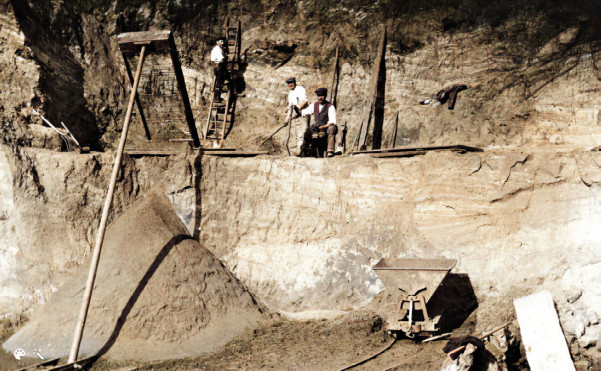
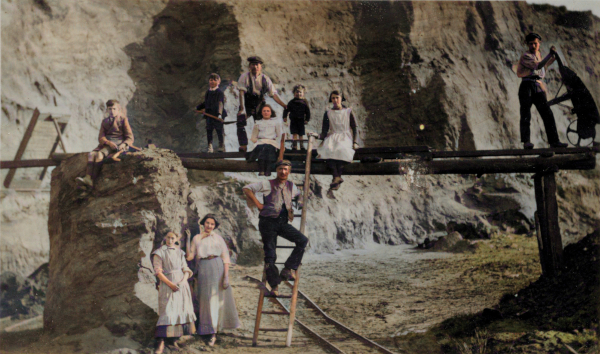
Sandpit Tramway
Quarried sand was conveyed downhill to rail trucks using tram cars. The remains of the tramway can still be seen in the garden of Old Mill House.
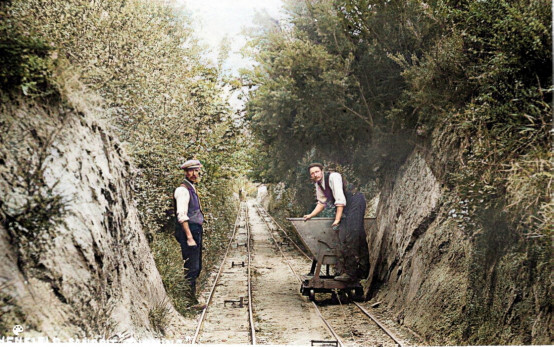
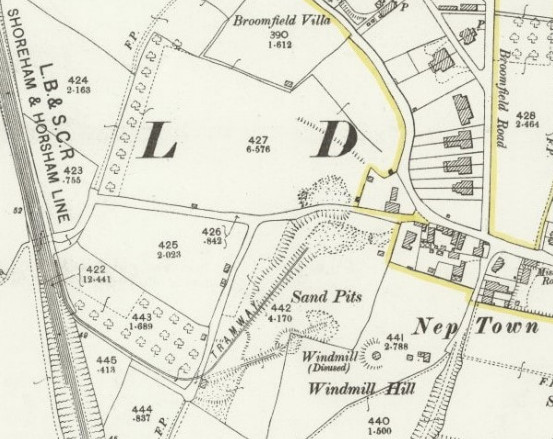
1896 OS c/o the National Library of Scotland.

The Railway
The ‘Horsham line’ took market produce to London and sand to Brighton. It ran along what is now the Downslink path to the South Downs from the bottom of Sandy Lane. The footpath passes over the old railway bridges.
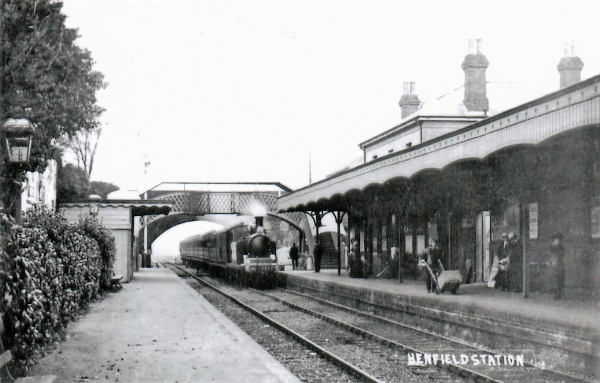
Market Gardens
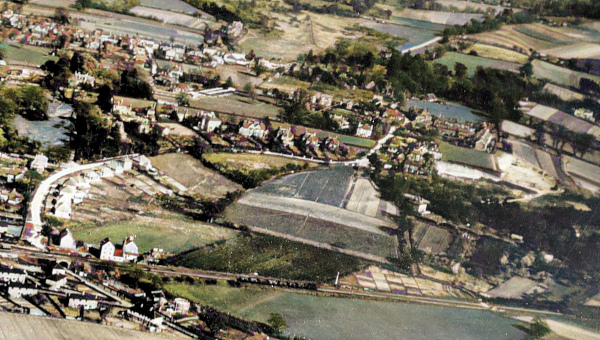
The fertile soil gave rise to many market gardens, including Henfield’s most famous export, violets - emblem of the suffragettes.
Trees from the apple orchards once here still stand in the gardens of nearby houses.
This colourised aerial photo of the site is from 1935.
Wistaria Cottage
17th century or earlier Grade II listed timber framed labourer’s cottage with Horsham stone roof, standing next to Old Mill House (note the older Wisteria spelling).

Archive images unless marked otherwise are reproduced courtesy of Henfield Museum



